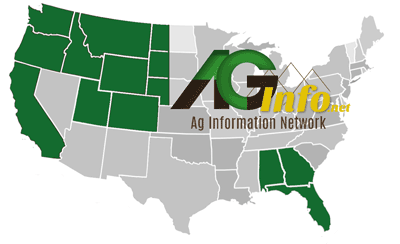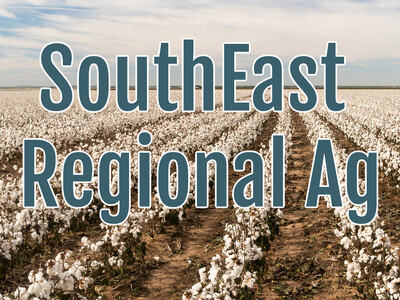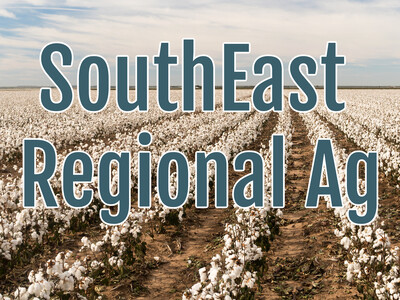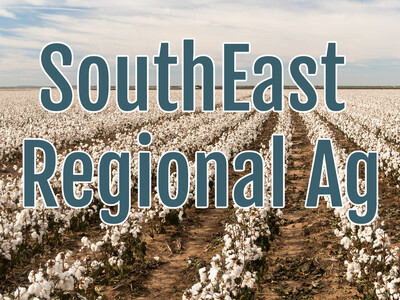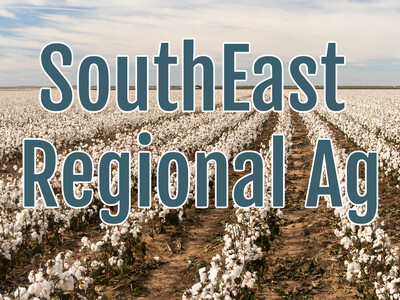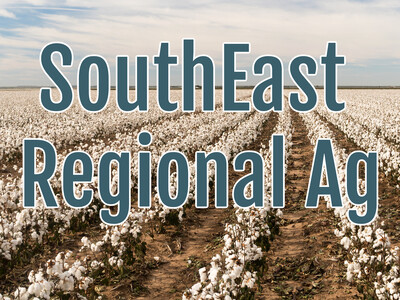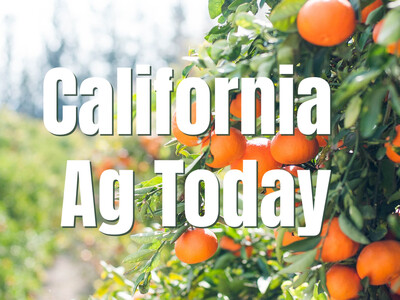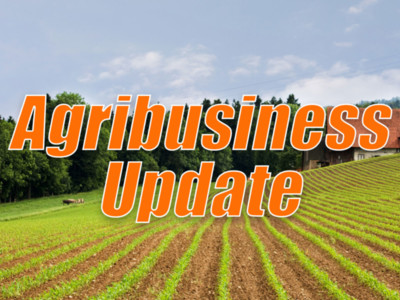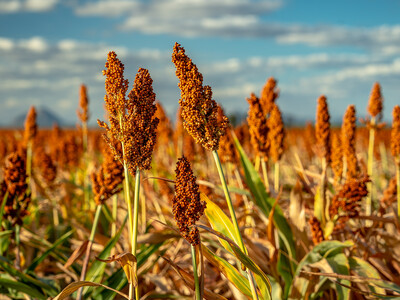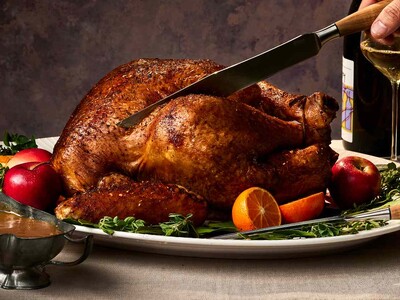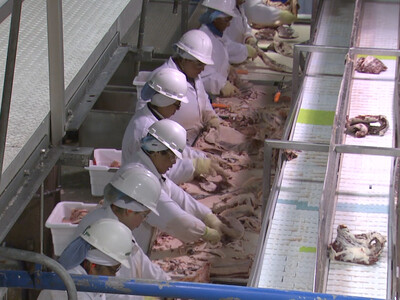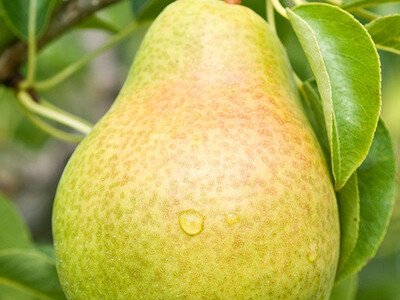Part 5: Inflation and Cost of Production
In this final part of our five-part series, we focus on inflation as another contributing factor to the rise in egg prices. While inflation has slowed in recent years, it’s important to remember that slower inflation doesn’t mean prices are falling—it means they’re rising more slowly.Inflation affects more than just egg prices at the grocery store—it also raises the costs of production. While USDA’s latest forecast shows a slight drop in total farm production expenses, costs like labor, interest, and fuel remain historically high. Additionally, egg farmers are facing higher costs to replace chicks, with layers being just as vulnerable to HPAI as broilers.
As we wrap up this five-part series, the bottom line is that even though egg prices are at record levels, farmers are not getting rich. Expenses remain historically high, and farmers are continuing to fight through the risk of losing their entire flocks to this devastating disease.
For more, visit https://www.fb.org/market-intel/egg-prices-continue-setting-records
